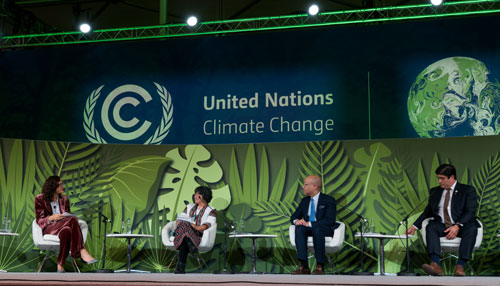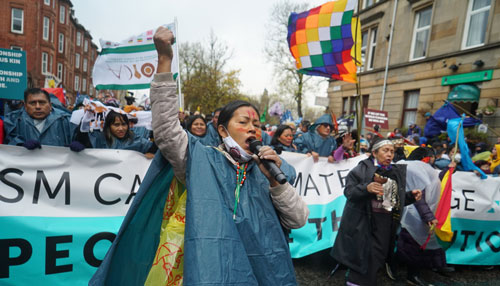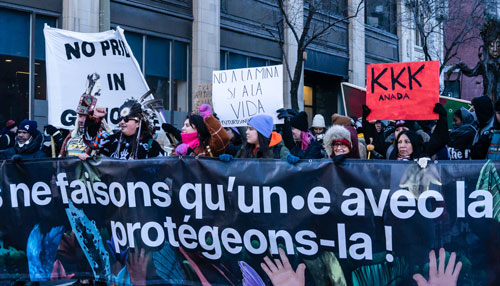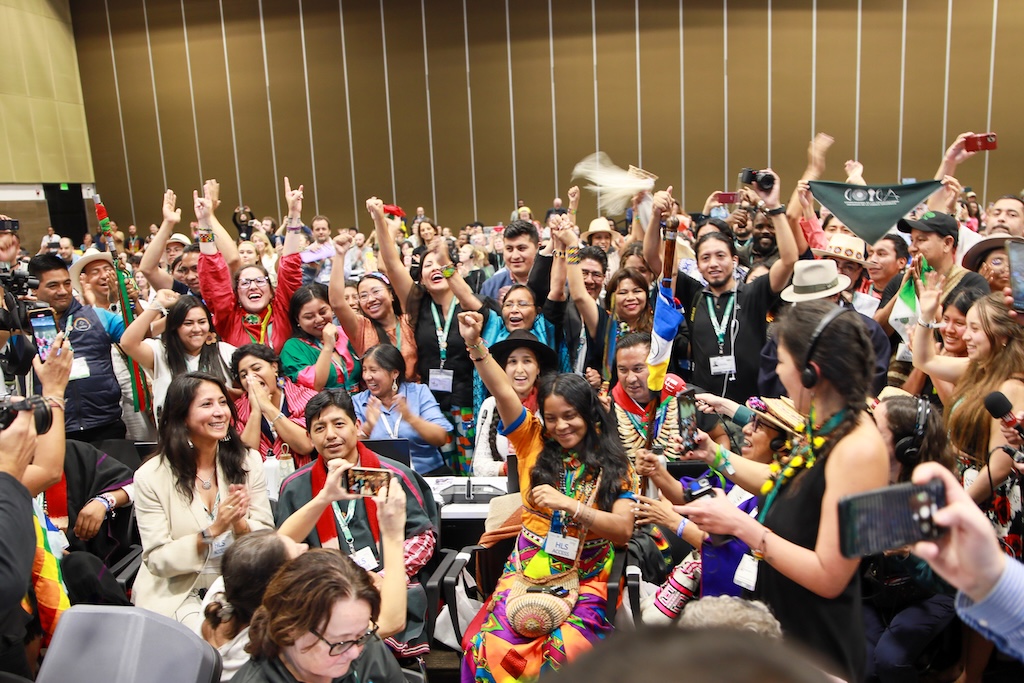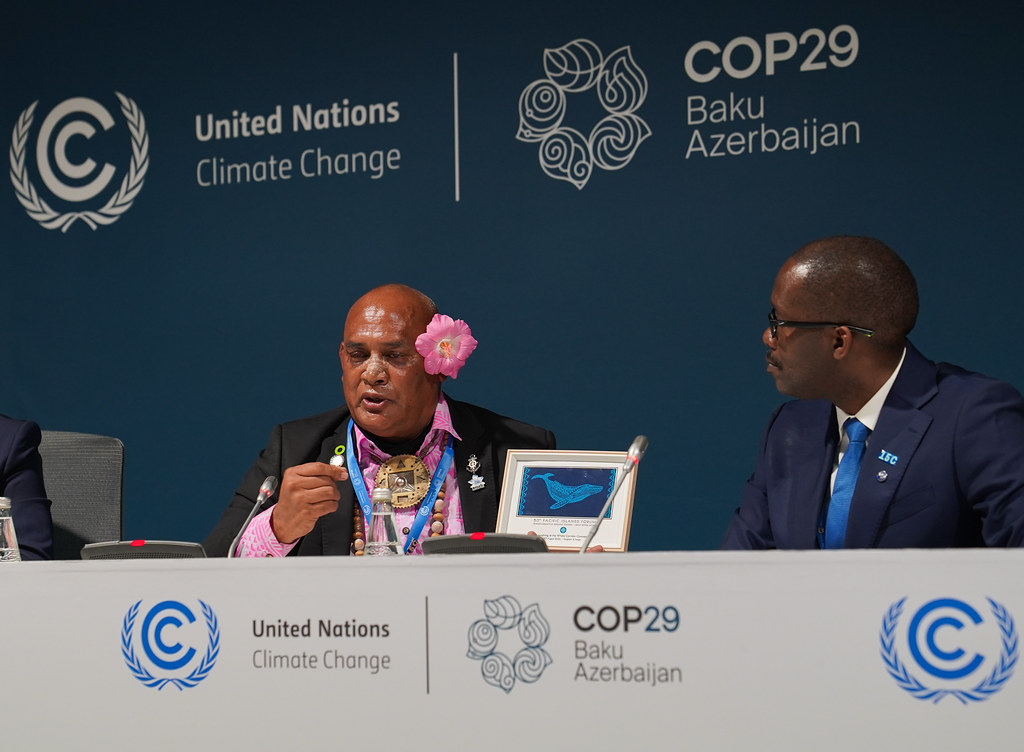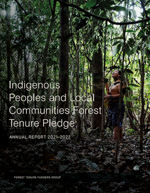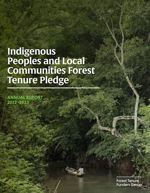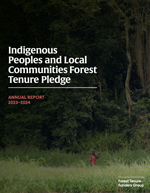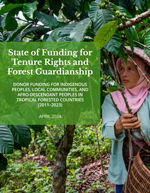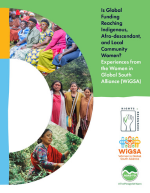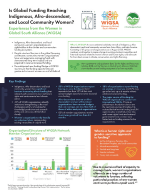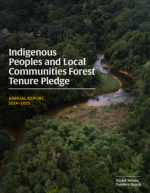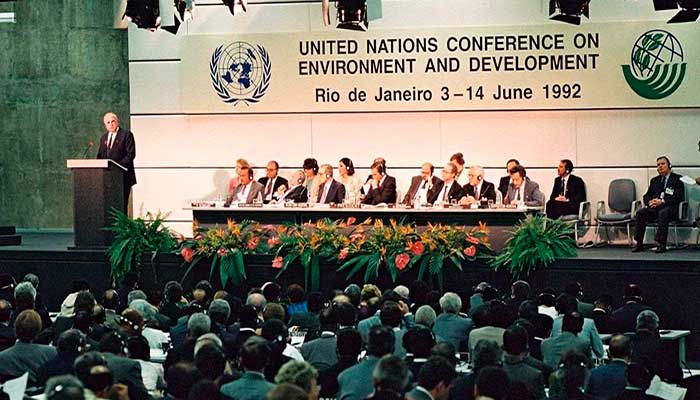
Our Pledge:
A Call for a Bold New Future
Listen to the voices of Indigenous Peoples, local communities and Afro-descendant Peoples as they share their experiences, challenges, and reflections on the Forest Tenure Pledge and direct funding.
The Indigenous Peoples Forest Tenure Pledge marked a significant step forward in recognizing the critical role of traditional peoples in climate solutions. COP26 was a watershed. We must build on this momentum to secure a future where nature thrives and communities prosper.
Let’s chip in.
Let’s do what must be done.
Let’s see a bold new pledge.
Our pledge.
Explore the experiences and reflections of Indigenous Peoples, local communities and Afro-descendant Peoples on securing land tenure, protecting nature, and advocating for direct funding.
in partnerhsip with

Managed by




“Indigenous People have been using their traditional lifestyle. They have been using their traditional knowledge to conserve and protect their environment over the years.”
Our Pledge
For centuries, Indigenous Peoples, local communities, and Afro-descendant Peoples have been the guardians of our planet’s biodiversity and climate. The solutions they offer are among the most effective in the world.
Balkisou Buba, Vice National Coordinator of REPALEAC, Cameroon.
The Indigenous Peoples Forest Tenure Pledge marked a significant step forward in recognizing the critical role of traditional peoples in climate solutions. COP26 was a watershed.
After several years of advocating and demanding direct resources for climate action, Indigenous Peoples achieved an unprecedented victory: renewed hope and the possibility to protect their territories and ways of life.
It meant that the world was starting to recognize their role in fighting climate change. It brought additional funding and attention, and motivated the creation of mechanisms and guidelines by communities.
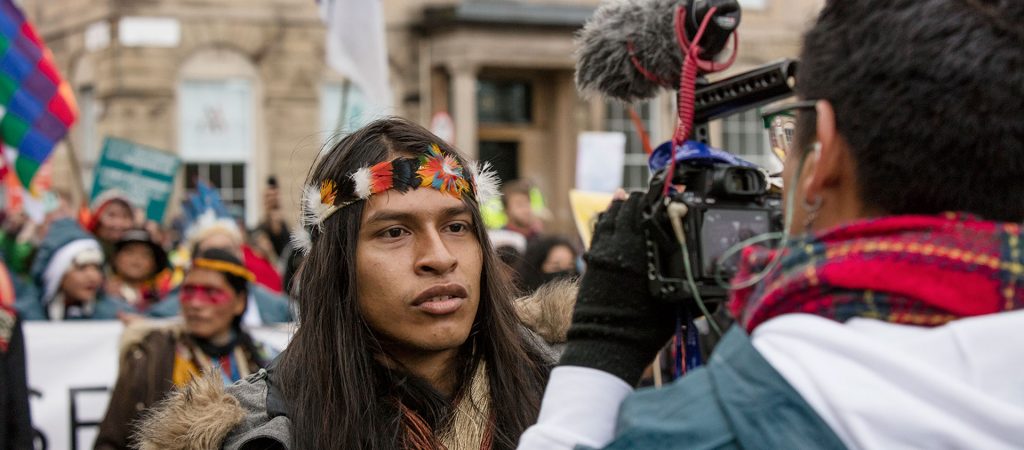
“The significance was that for the first time we recognised that Indigenous Peoples are key, are critical, are essential to solving the climate challenge.”
Darren Walker, President of the Ford Foundation
These steps taken forward since 2021, need a continuous strand of support, as well as greater ambition, in order to reach humanity’s targets to tackle the climate crisis.
If their territories have stood amongst the best protected on Earth with the amount of resources that have reached them, imagine what they could do with increased support?
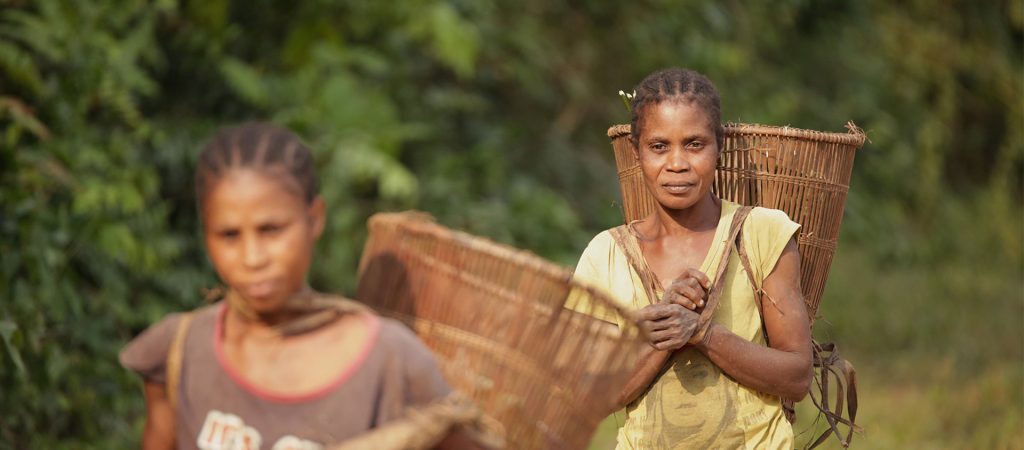
We must build on this momentum to secure a future where nature thrives and communities prosper.
We must ensure that Indigenous, Afro-descendant and local communities have greater control over their territories, their livelihoods, and climate funds.
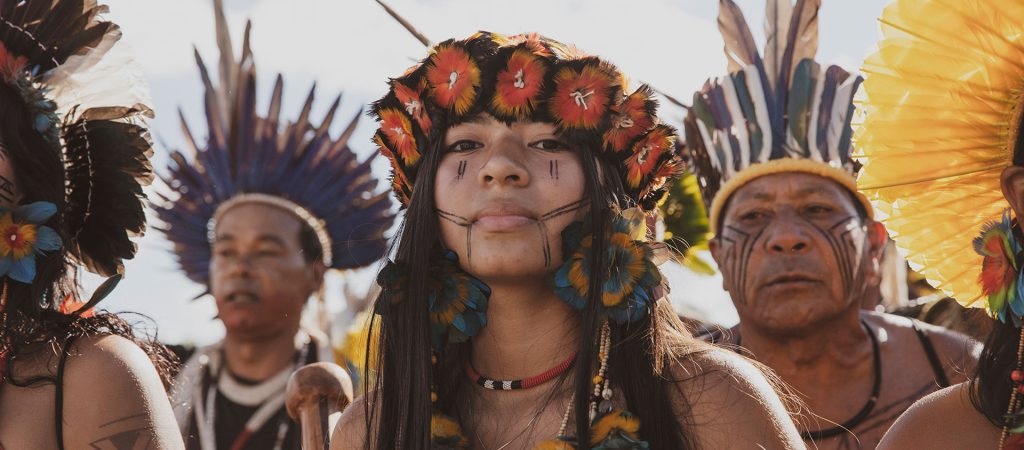
“It’s urgent because things are moving. We’ve seen all the climate crises all over the world, like flooding, wildfires. It’s not waiting for us. It’s happening. We have seen all the killing and criminalization of land rights defenders. It’s not waiting. So that’s why it’s very urgent to get this pledge, get it out there.”
Solange Badjiaki-Badji, President and Coordinator of the Rights and Resources Initiative.
Direct Funding to Indigenous Peoples, local communities, and Afro-descendant Peoples to support their self-governance systems, tenure rights, and sustainable livelihoods.
Recognition of Territorial Rights to safeguard nature through traditional knowledge.
Support for Community-Led Conservation Initiatives that prioritize biodiversity conservation and climate resilience.
Join us in calling for
Transparent and Accountable Governance Mechanisms to ensure that funds are used effectively and efficiently.
The message of Our Pledge is being shared by some of the most si gnificant voices in the climate space, asking for #ThePledgeWeWant to become a reality. Connect with their voices on social media.
The Journey of the Indigenous Peoples Forest Tenure Pledge
The Pledge has been paramount. Explore its transformative milestones, from its roots in decades of Indigenous advocacy to its historic launch at COP26, through ongoing implementation and future aspirations. Discover key moments, resources, and voices that drive global efforts for forest tenure and community-led conservation.
Preparation
The Indigenous Peoples Forest Tenure Pledge is deeply rooted in decades of struggle. For years, Indigenous Peoples and local communities have tirelessly advocated for direct funding and their land and human rights to be recognized.

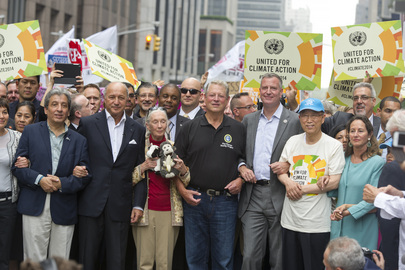
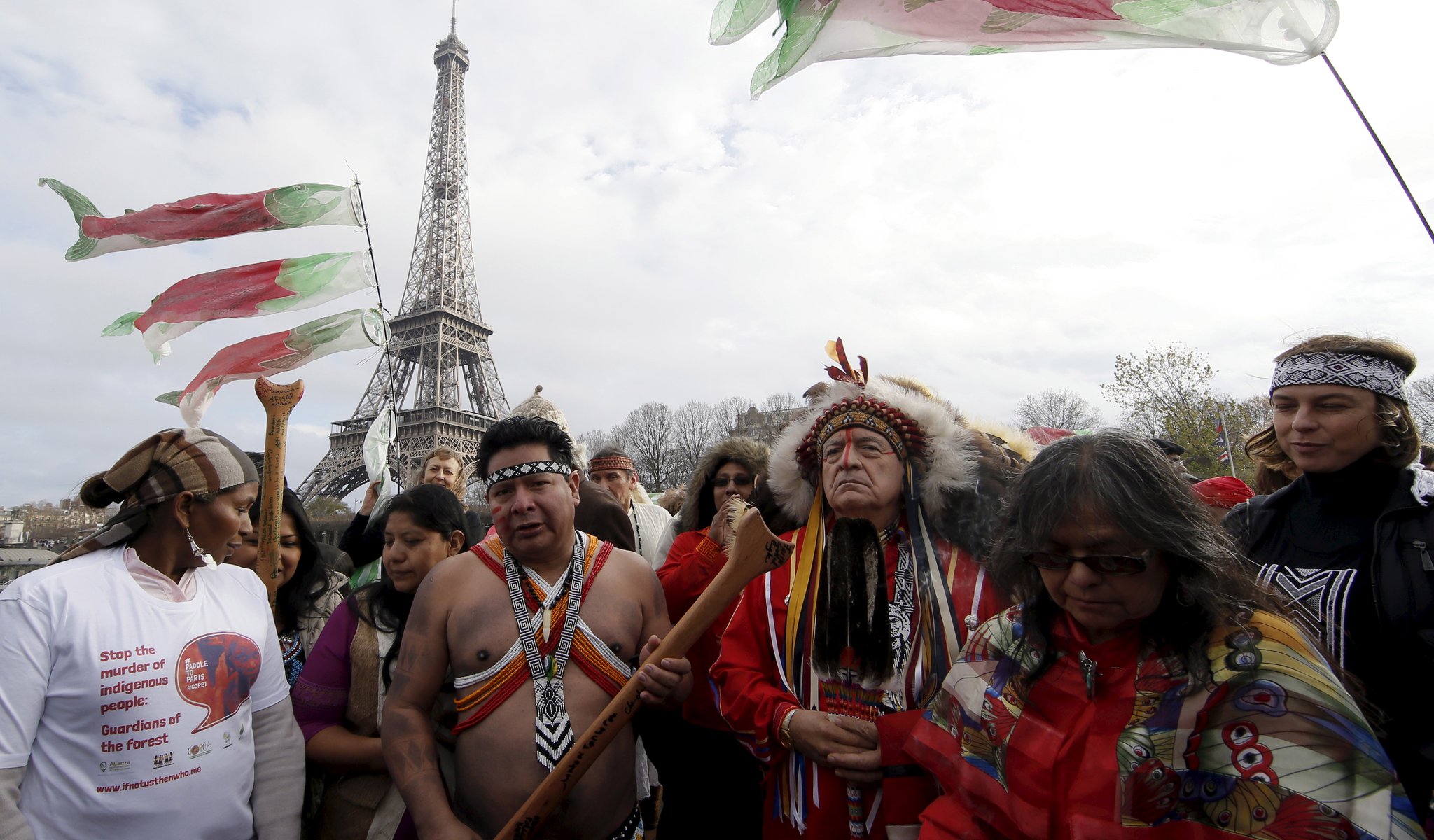
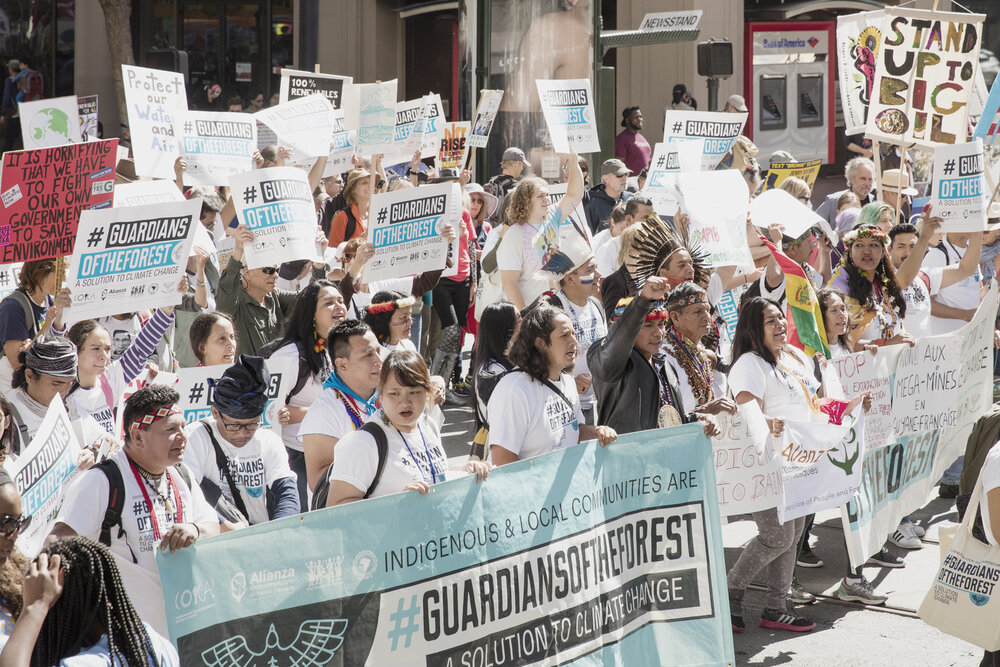
Announcement
At the Climate Change COP26 in Glasgow, the Indigenous Peoples Forest Tenure Pledge was announced—a groundbreaking commitment to channel $1.7 billion to IPLC land tenure and resource rights by 2025. This historic moment was made possible through collaboration between governments and philanthropies, marking a significant step forward in recognizing IPLCs as central to climate and conservation solutions.
Implementation
Implementation of the Indigenous Peoples Forest Tenure Pledge began in earnest following its announcement. Each year has brought new challenges and opportunities to advance IPLC rights, strengthen land tenure, and channel funding directly to communities. Annual reflections at global convenings, such as UNFCCC and CBD events, have provided platforms to share progress, refine strategies, and amplify successes.
Our Pledge
As the Indigenous Peoples Forest Tenure Pledge nears its conclusion, this section offers reflections on its achievements and outlines key recommendations for the future. With IP/LC/ADP-driven solutions at the forefront of biodiversity and climate strategies, the pledge’s legacy sets the stage for new commitments at COP30 and beyond.
Help Spread the message for #ThePledgeWeWant
Testimonies
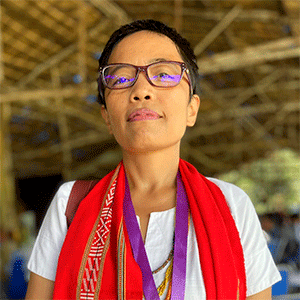

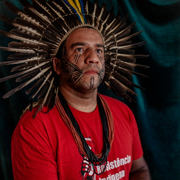

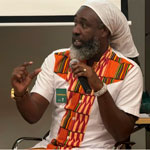



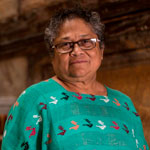
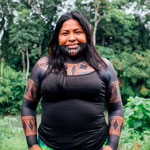
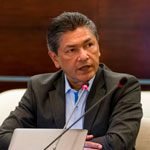
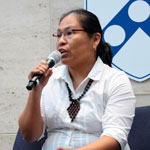


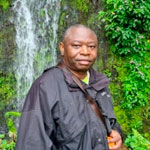
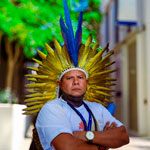

The Pledge on the ground
Investment from the first land tenure pledge has created significant change in the protection of key regions. Navigate through our map to connect with some of the successful cases it has created.
MESOAMERICA
COLOMBIA
COLOMBIA
BRAZIL
AMAZON
AMAZON
BOLIVIA
INDONESIA
KENYA
CENTRAL AFRICA
LIBERIA
DR CONGO
Success Stories
Current pledges for COP30 and beyond
1
The Indigenous Peoples Forest Tenure Pledge
Announced at COP26 in Glasgow, the Pledge aimed at investing 1.7 billion dollars for land tenure globally. It was signed by the UK, Norway, Germany, the US, and the Netherlands, in partnership with 17 funders. The pledge had implemented 79% of its funds by the end of 2024 and is reaching is mark at COP30 in Belem.
2
The Tropical Forest Forever Fund (TFFF)
In COP28 in Dubai, the brazilian government announced its creation with the promise to deliver $250 billion aimed at protecting the world’s tropical forests. The fund and its governance are being designed and its launch is expected at COP30 in Belem.
3
The Forest and Climate Leaders Partnership (FCLP)
A multi stakeholder effort lead by gogvernments across the globe, supported by climate action donors, created in COP26 in Glasgow as a result of the Glasgow Leaders Declaration on Forests and Land Use. The Partnership works across sectors to mobilize financial support, increase international collaboration, and more.
Share your thoughts on why direct funding to Indigenous and local community-led conservation is essential
Selected testimonies may be featured on our website
© 2025 If Not Us Then Who. All rights reserved.
